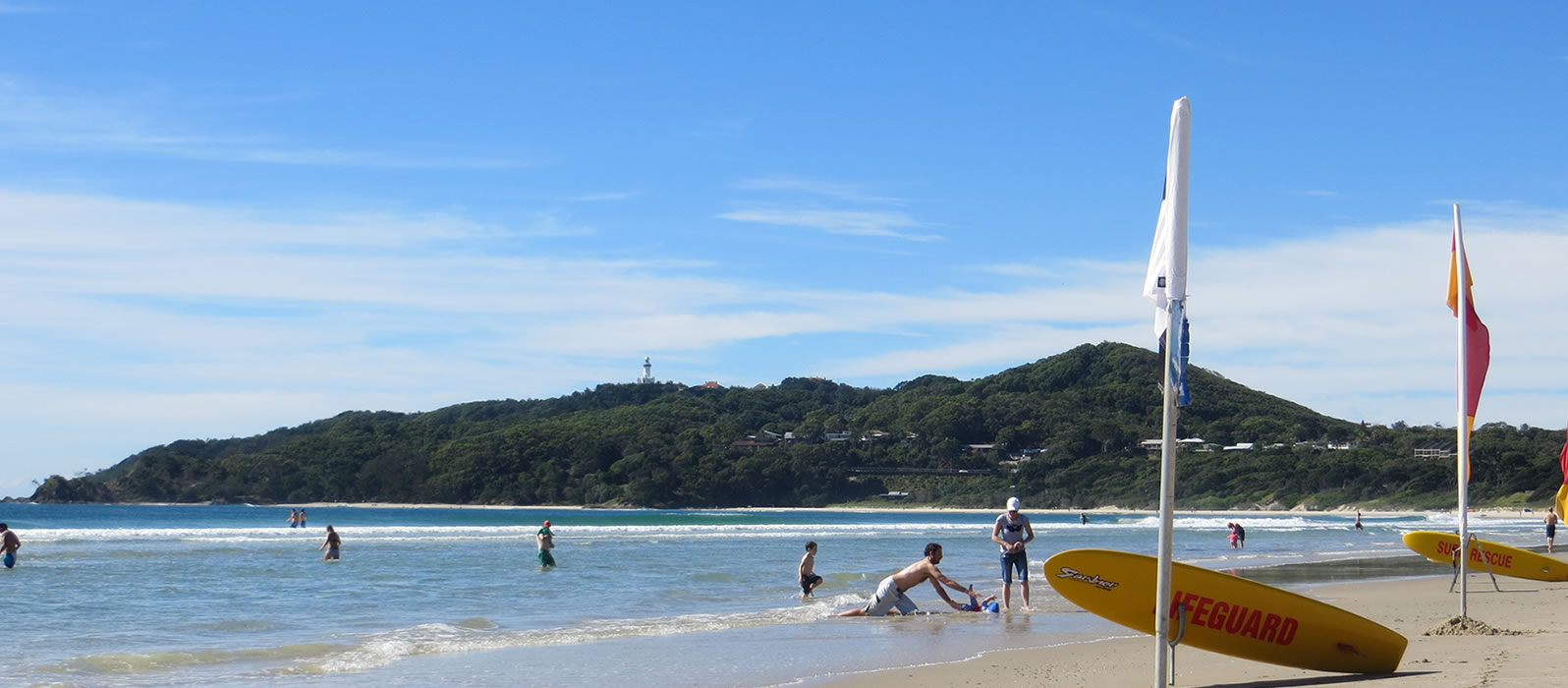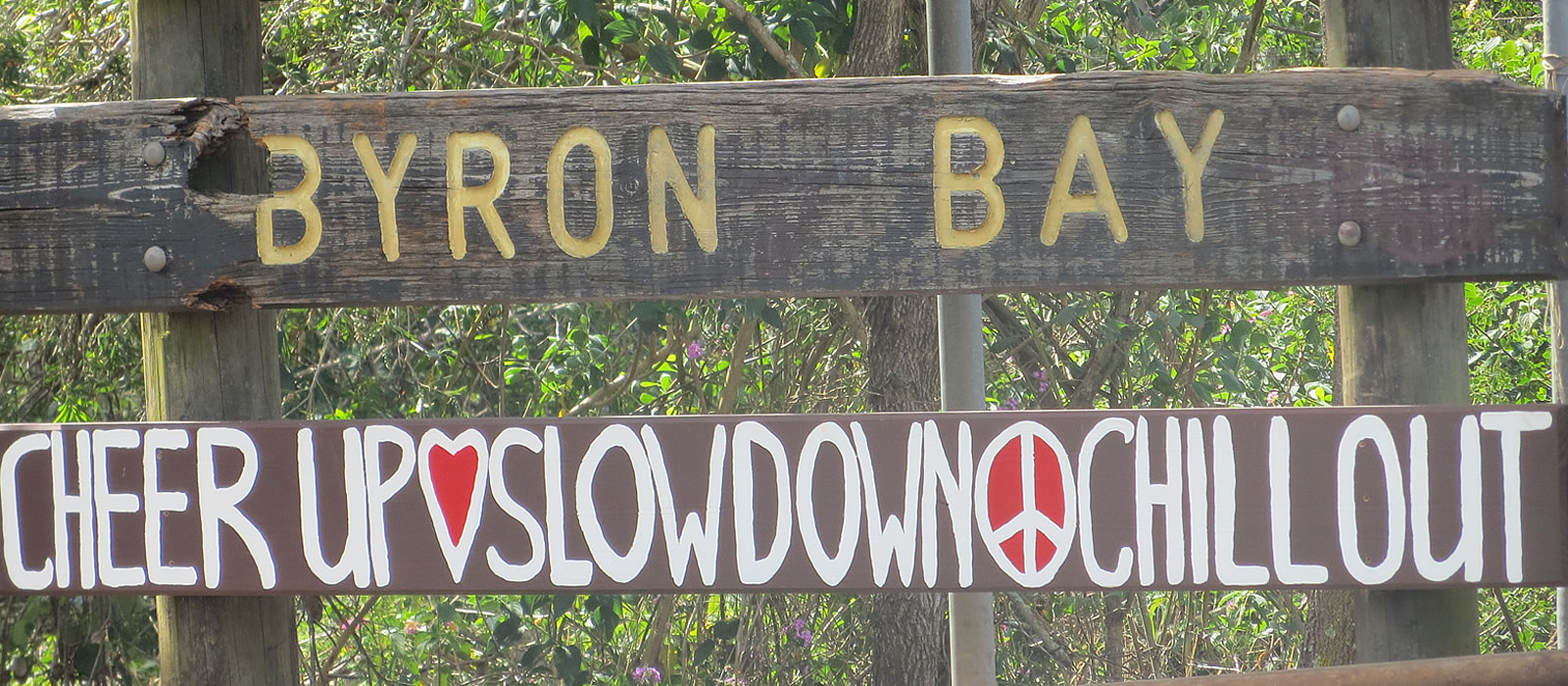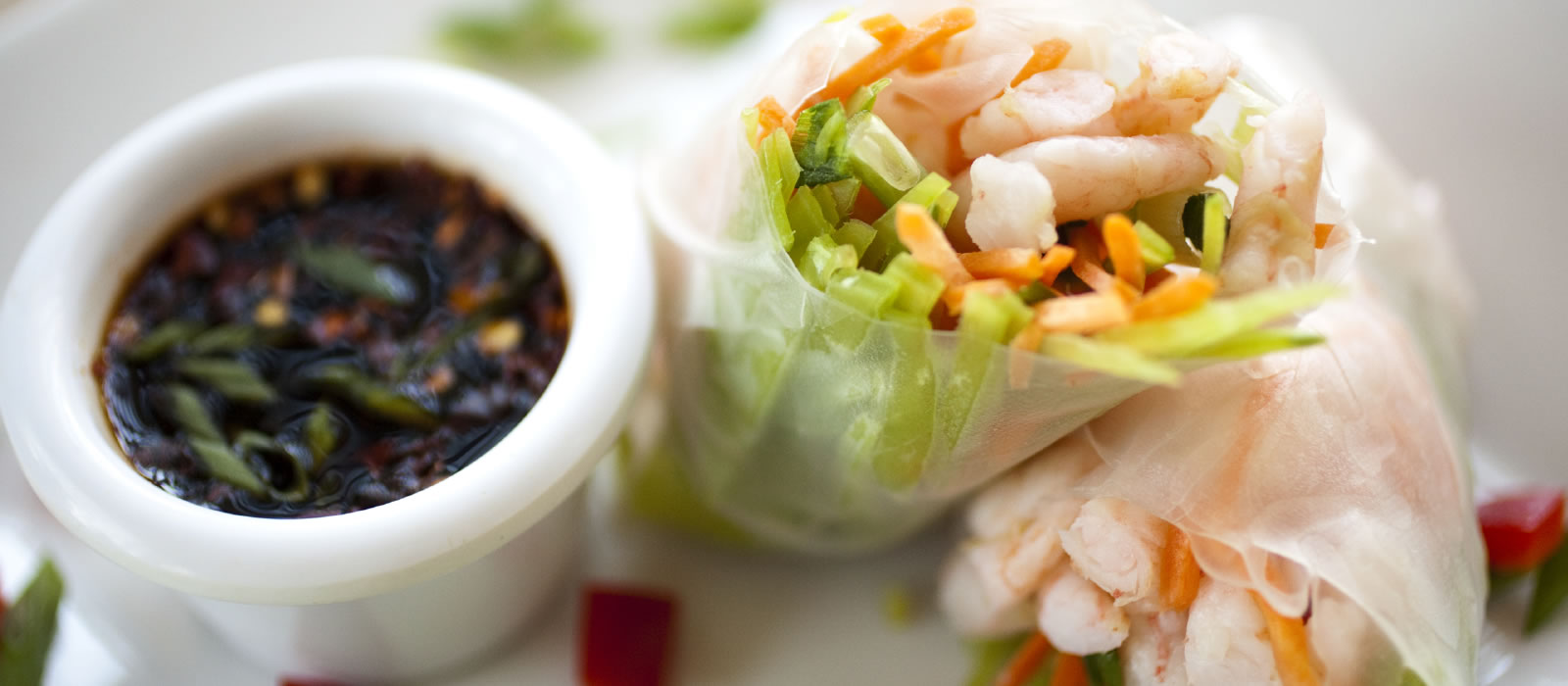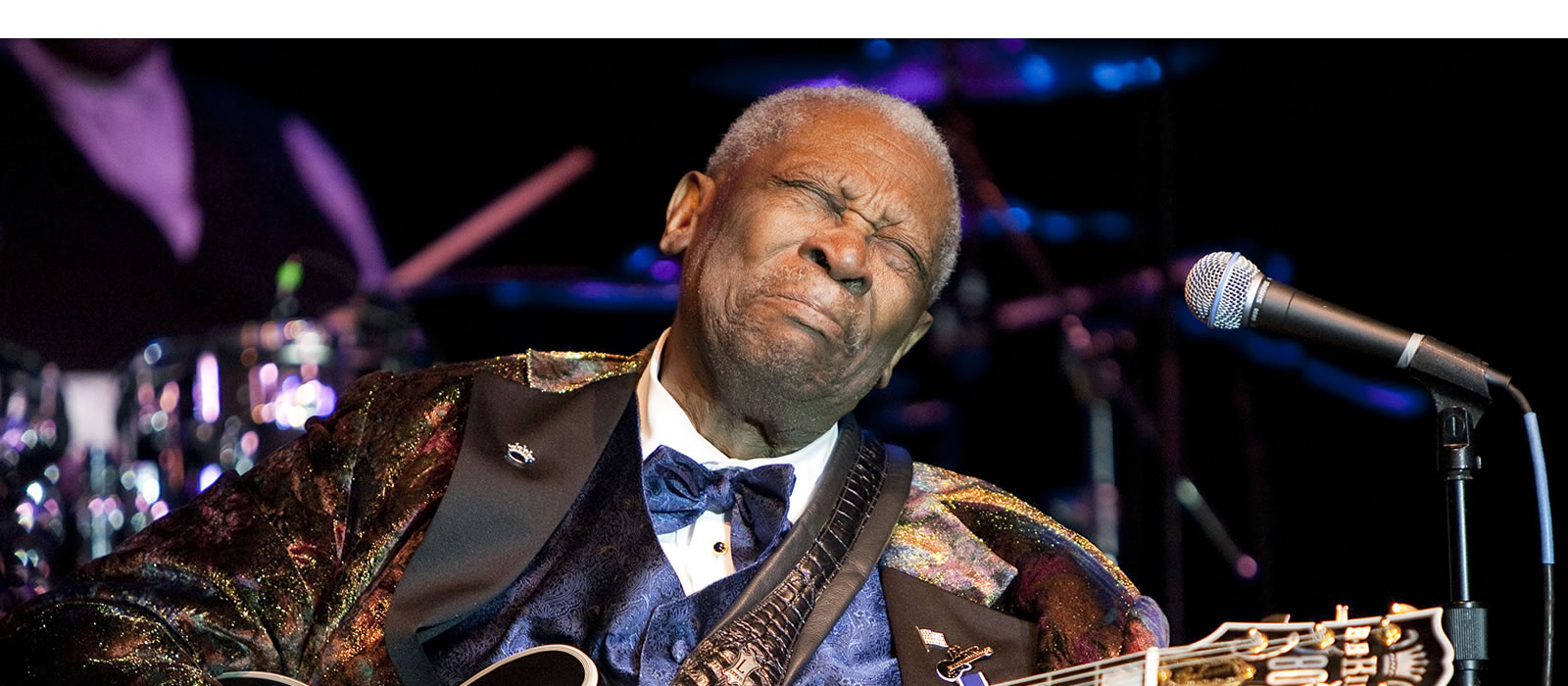History
Byron Bay’s Indigenous residents, the Arakwal people, have been enjoying the beauty and the resources of the place they know as Cavanbah for thousands of years.
The original inhabitants of Byron Bay, the Arakwal people have been swimming and fishing from the beaches here for thousands of years. First known by its Indigenous name, Cavanbah, the town was settled and renamed in 1894, when loggers arrived to take advantage of the abundance of quality timbers that were growing in the area. Unlike the ecological focus of today, Byron Bay has traversed an economic history that included logging, sand mining, a dairy factory, an abattoir and, most surprisingly, as a whaling station.
This history seems far-removed from the environmental awareness that the town promotes today, including an international reputation as a post for observing the annual migration of whales along the east coast of Australia, as well as the establishment of an Indigenous Land Use Agreement, that was developed in conjunction with Byron Shire Council and which acknowledges the relationship of the Arakwal people to their land and helps gain more knowledge about Indigenous understandings and practices of the area.
The arrival of hippies and surfers in the 1960s and 1970s changed the local population and encouraged an alternative approach to the town and the beauty of the town. The beauty and bounty of beach and hinterland areas of the region are now enjoyed in a sustainable way and are enjoyed and respected both by locals and tourists.











